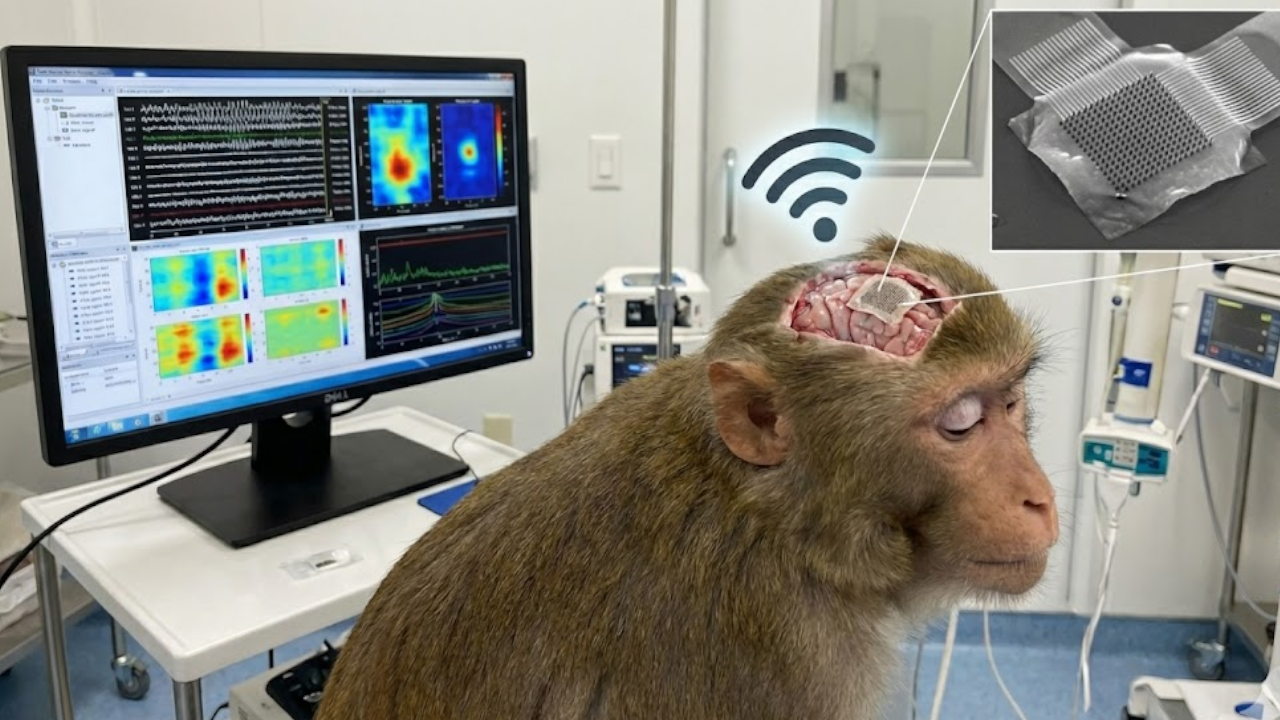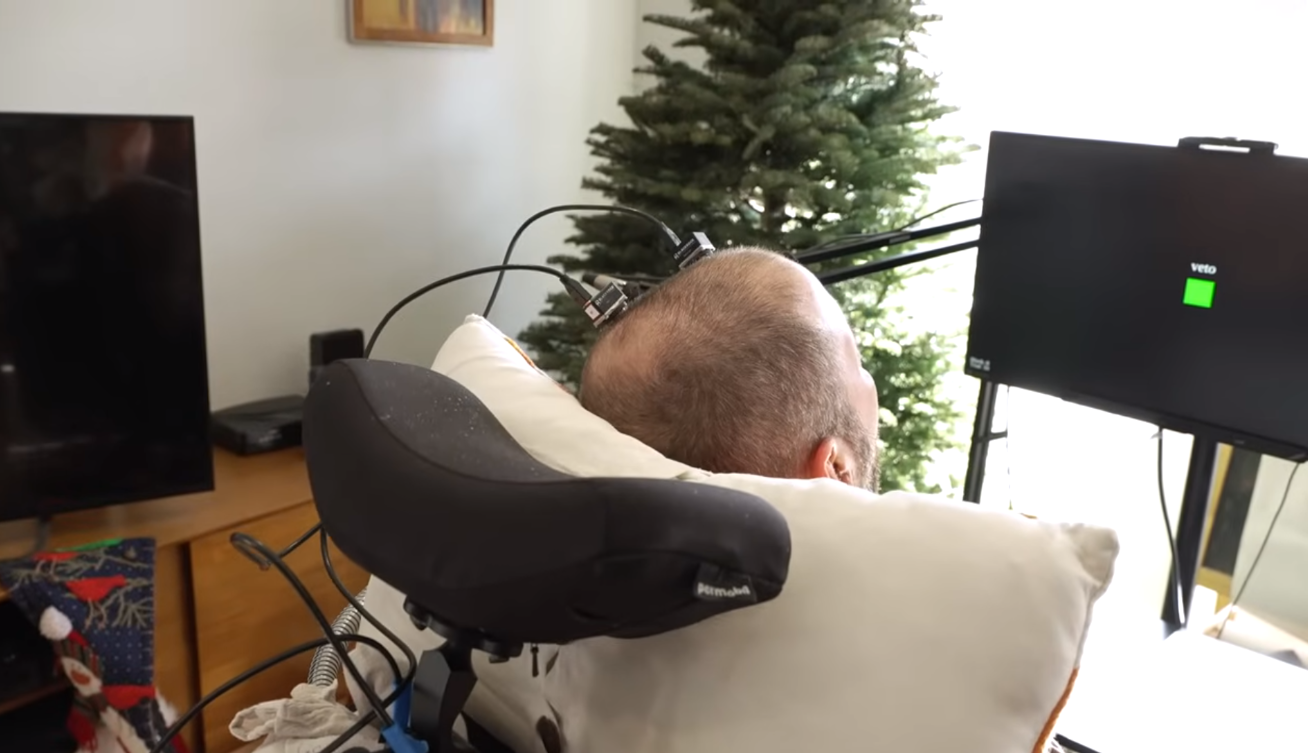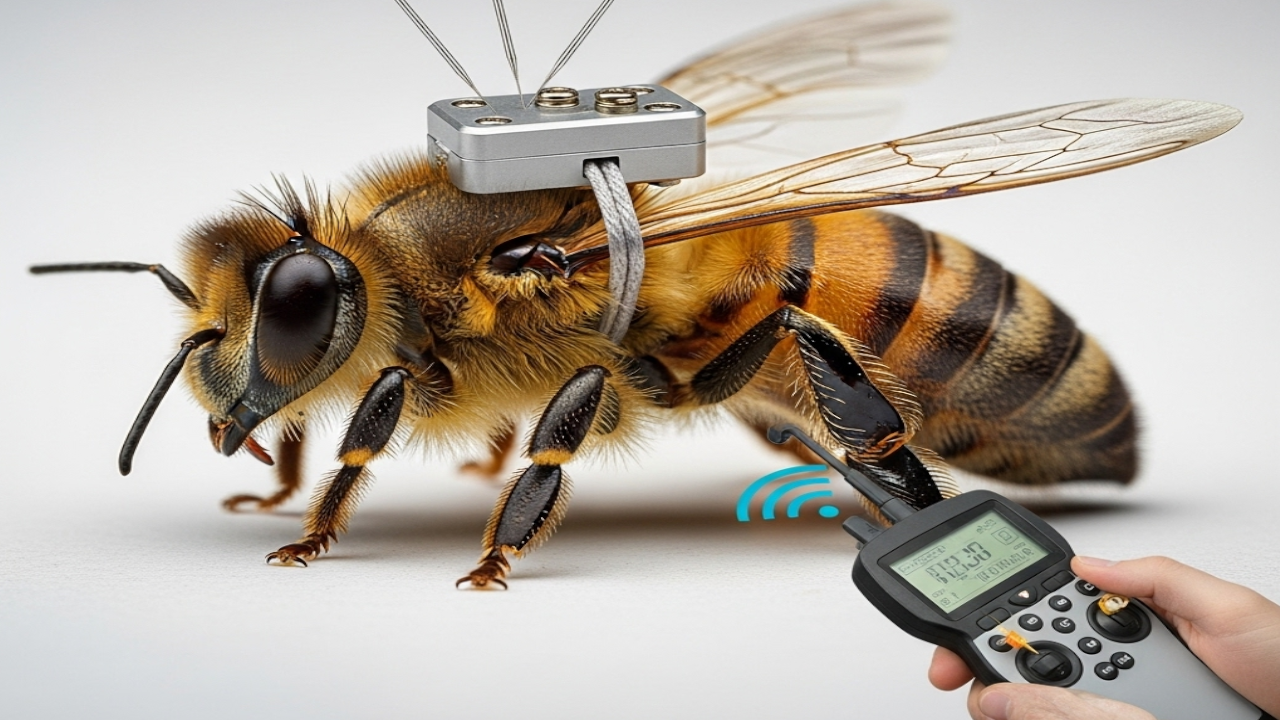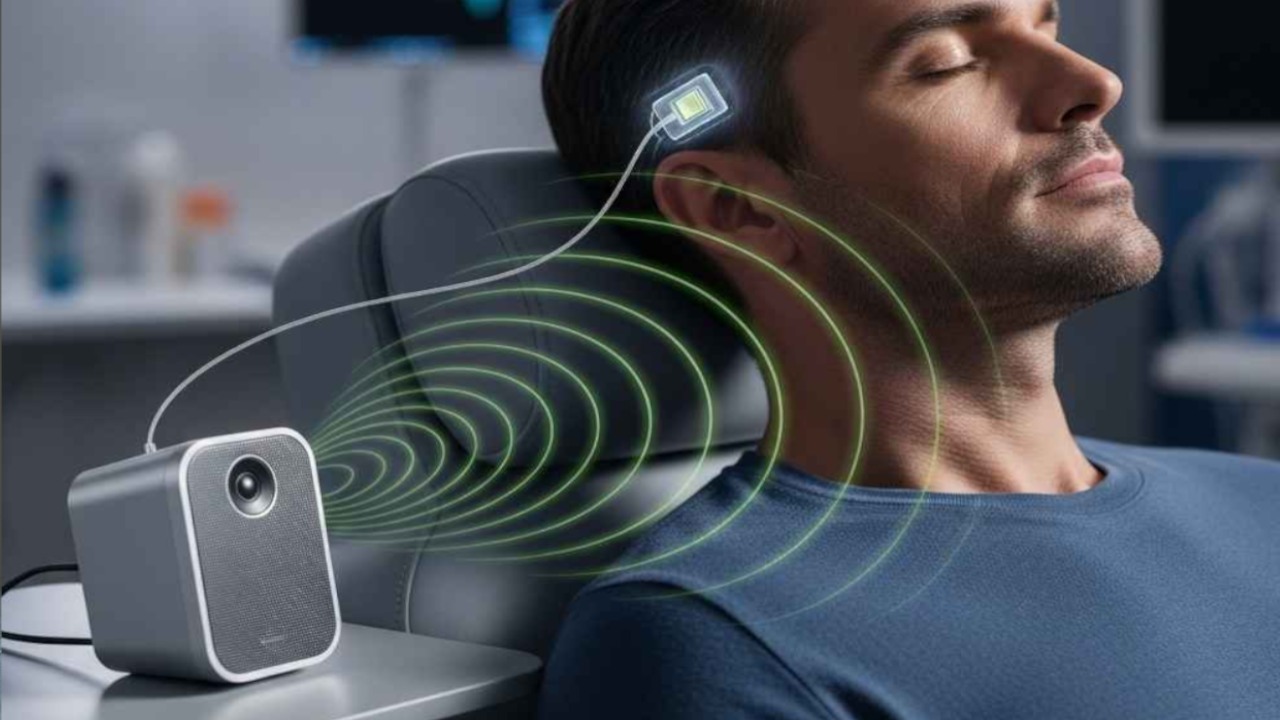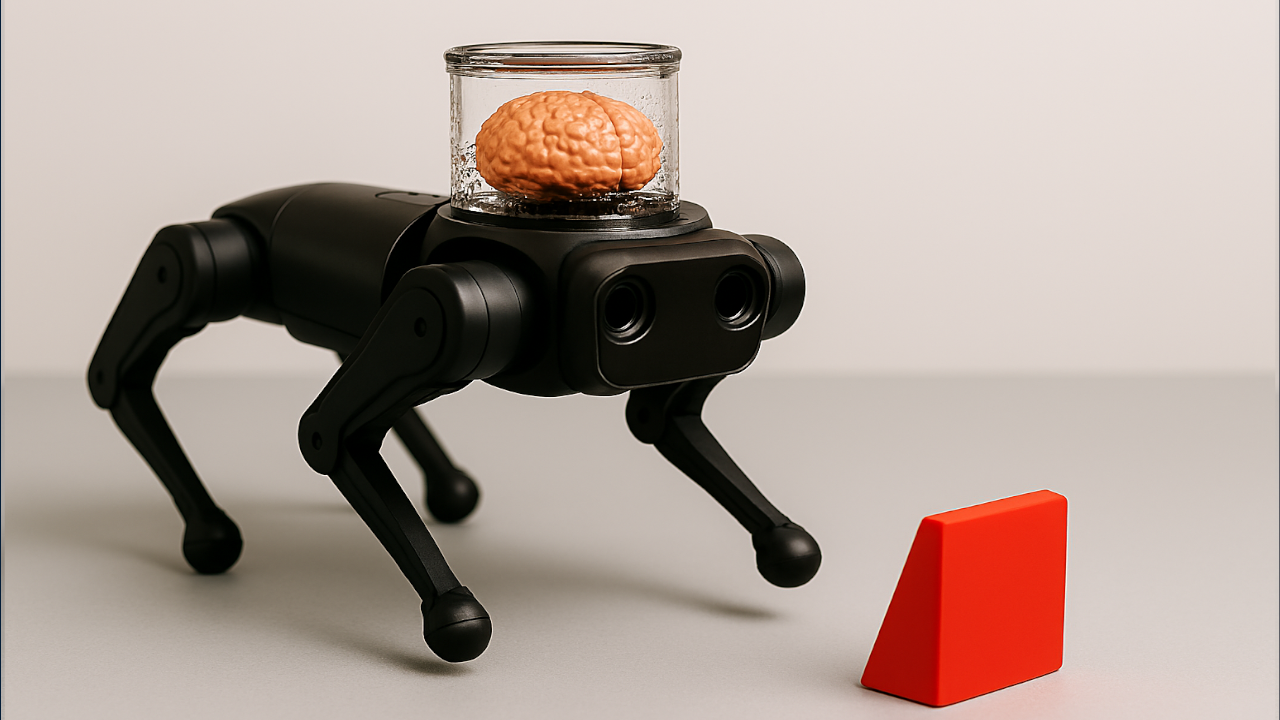Brain-computer interface (BCI) technology facilitates the lives of paralyzed patients, in particular. Months ago, Neuralink succeeded in enabling a patient to play games solely through thought. On September 17, Synchron, a competitor to Neuralink, announced its success in enabling a patient with amyotrophic lateral sclerosis (ALS) to use Alexa to interact with and control their surroundings.
Mark, aged 64, utilized his thoughts to control his smart home via Alexa. Through the “Tap to Alexa” feature on an Amazon Fire tablet, he would look at it and think about selecting specific squares, thereby executing his desired task. These squares were designated for particular functions such as turning lights on and off, making video calls, playing music and television, purchasing items, or reading books.
Through its brain-computer interface, the company aims to empower paralyzed individuals to interact easily with their environment and utilize the latest technologies that control it, requiring minimal effort and complexity.
Synchron’s chip differs from Neuralink’s in that it is implanted in the blood vessels on the surface of the motor cortex of the brain. Electric poles are not implanted between the nerve cells, which could potentially damage them as in the case of Neuralink. Subsequently, the captured signals are analyzed, translated, and understood to discern the patient’s motor intent. Then, algorithmic models are constructed that can comprehend these signals and convert them into motor actions or commands for Alexa.
Synchron adopts a method distinct from Neuralink in terms of its implantation and operational mechanism. Both companies appear to be achieving significant accomplishments. This diversity in technologies and players is essential for the development of this technology and the discovery of potentially more effective alternatives.



